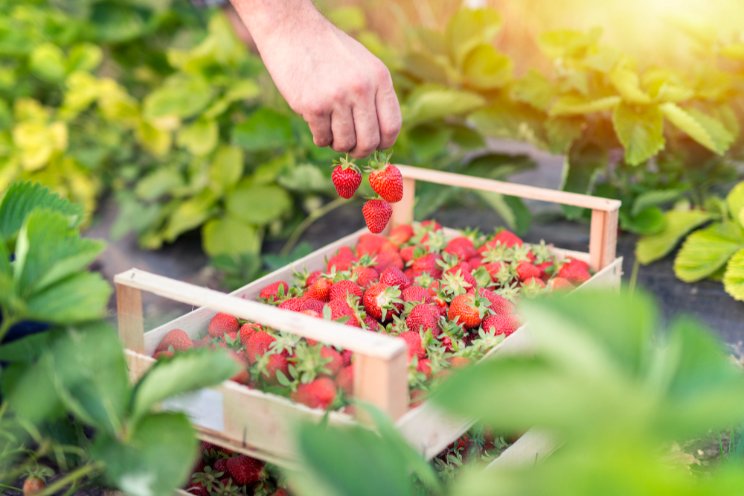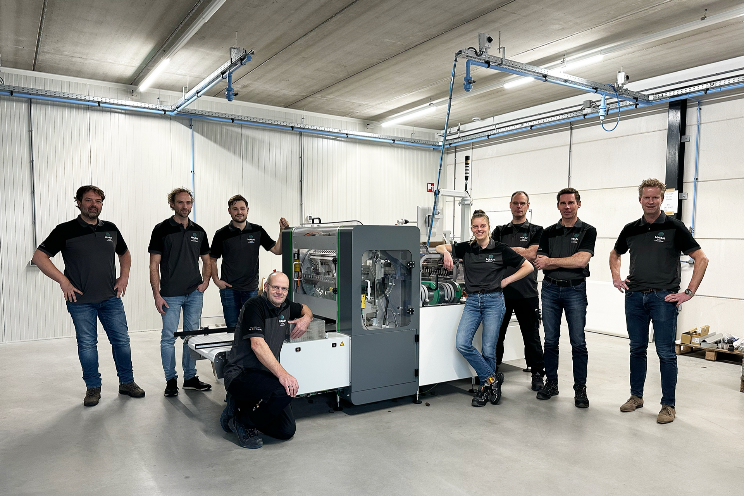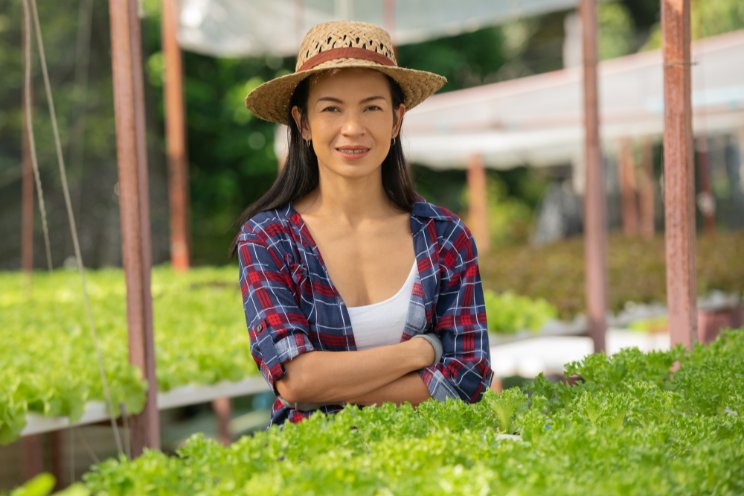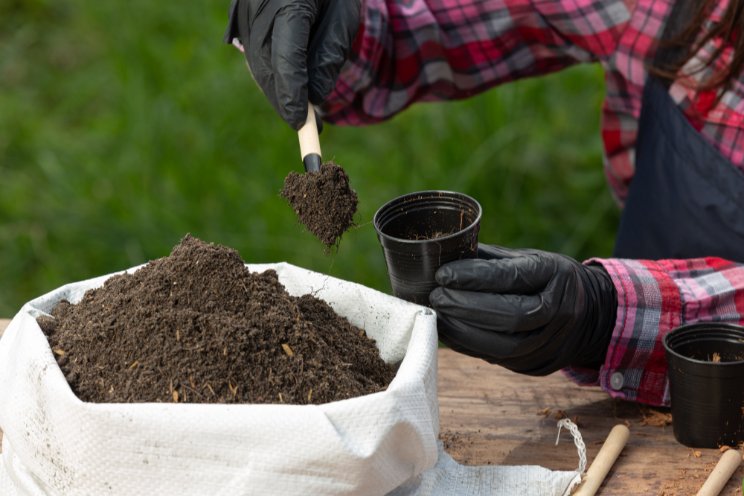The worsening climate crisis
Added on 24 February 2020

When I became director of the EU-funded Technical Centre for Agricultural and Rural Cooperation (CTA) in 2010, the recent global crisis in food prices had sparked renewed focus on agriculture worldwide.
Since then, the institute and its partners have demonstrated how agricultural innovations can be shared and scaled up to improve food security and livelihoods across Africa, the Caribbean and the Pacific.
Yet, as CTA enters the final year of its mandate, food systems and agriculture are once again under the spotlight as the climate emergency becomes increasingly urgent. At the same time, we begin the 10-year countdown to the delivery of the UN's Sustainable Development Goals, which also include zero hunger and zero poverty.
Investing in agriculture and agricultural innovation is therefore more important now than ever before if we are to have any hope of addressing the climate crisis, while also guaranteeing food security for the 820 million people still going hungry.
In particular, there is enormous potential to harness digitalisation and new technologies to make agriculture more efficient while increasing productivity and profitability. CTA research has shown for the first time an untapped market of more than $2 billion (€1.8 billion) to develop and provide more and better digital tools for farmers.
And many of CTA's projects and partners over the past 35 years provide a solid basis from which to expand and scale up, with additional support between now and 2030. CTA has also directly contributed to the EU's Digital for Development policy, in particular relating to sustainable agriculture and entrepreneurship, and we hope that CTA's work will serve as a basis for the EU's continued focus in this sector.
Elsewhere, the pioneering Eyes in the Sky, Smart Techs on the Ground project has helped capitalise on the new opportunities for African farmers from drone-based systems. After training drone operators in responsible data gathering at start-ups across 11 African countries, pilots have provided farmers with more accurate information about their land, crops and livestock, allowing them to make informed decisions about fertilizer use, disease threat and weather events.
Moreover, as an exciting, novel technology, drones have also helped to attract young entrepreneurs into agriculture. By the end of 2019, 38 youth-led businesses were offering drone services to farmers, and the first continental network of digital entrepreneurs, Africa Goes Digital, was established.
Another ground-breaking digital solution is cutting-edge insurance for livestock, which uses satellite imagery to detect whenever a lack of rainfall causes forage levels to fall too low to sustain herds. The pay-outs then allow farmers to buy in feed or move their herds before animals are lost to malnutrition during prolonged droughts, which are becoming more intense in parts of sub-Saharan Africa.
More than 10,000 pastoralists in Kenya are now covered by this insurance, which has also been rolled out in Ethiopia. But there is enormous potential to refine this service and expand this further across sub-Saharan Africa.
The rest is here with a click.
Image by Free-Photos from Pixabay
Source: EuroNews
More news















